Texas Freshwater Fly Fishing (TFFF) covers everything freshwater fly fishing in Texas and more Fish species, fly tying and choice, and more!Rio Grande Cichlid Herichthys cyanoguttatus Baird & Girard 1854 collect overview;For more information, visit wwweddmapsorg Invasive Listing Sources No reference that we have lists this species as invasive in North America This species is included for comparison to other species that are considered invasive

Featured Species Rio Grande Cichlid Herichthys Cyanoguttatus
Rio grande cichlid invasive
Rio grande cichlid invasive-The Rio Grande Cichlid has since spread to other areas in Texas It has also spread to other states where the fish has become a problem invasive species, driving out and out competing local, native fish Louisiana particularly has seen a problem with the number of RioMartin T O' Connell Pamela J Schofield O Thomas Lorenz 10 The Rio Grande cichlid (Herichthys cyanoguttatus) has been established in the Greater New Orleans Metropolitan area for at least years, and its effect on native fishes is unknown Behavioral trials were performed to determine if aggressive interactions occur between invasive H cyanoguttatus and native bluegill
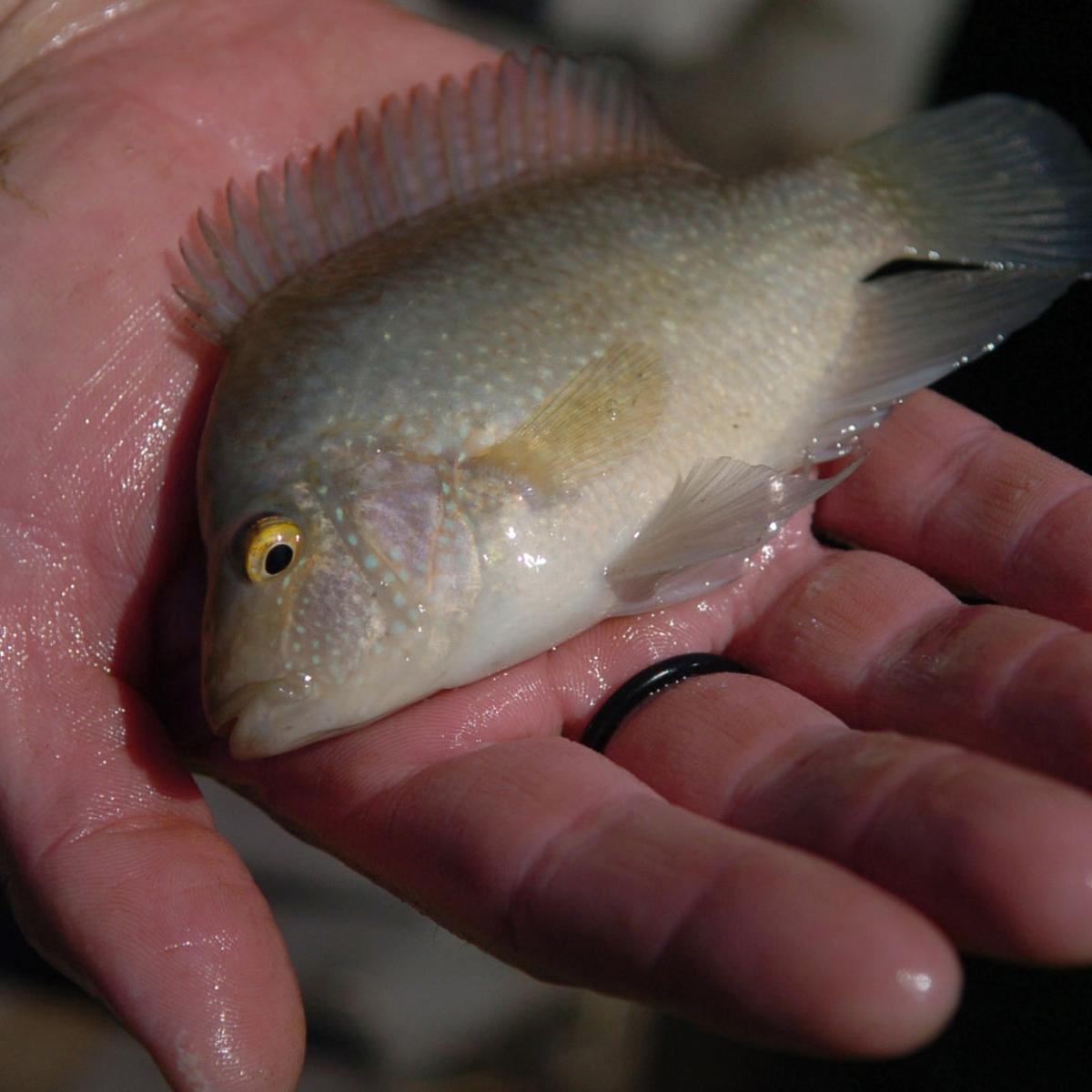



Rio Grande Perch Category Born Out Of Hurricane Katrina Sports Theadvocate Com
1/1/11 The Rio Grande cichlid (Herichthys cyanoguttatus) has been established in the Greater New Orleans Metropolitan area for at least years, and its effect on native fishes is unknown Behavioral trials were performed to determine if aggressive interactions occur between invasive H cyanoguttatus and native bluegill (Lepomis macrochirus)Sites are grouped according to HUC 02 Regions b) Photo voucher of a Blue Tilapia caught at White Oak Bayou c) Photo voucher of a Rio Grande Cichlid caught on the Guadalupe River b a Figure 3 Comparing the averageCaught a few Rio Grande Cichlids while perch fishing in Port Sulphur LA This is an Invasive species that needs to be removed from the water
Went to one of the local canals with live night crawlers in search for rio grande cichlid I caught about ten before they stopped biting they seemed to be on30/9/17 Rio Grande Perch category born out of Hurricane Katrina Locals call this species 'Rio Grande perch," but the fish is in the cichlid family and the nonnative, invasive species has found aPortals and Pathways of Invasive Species in Louisiana Species that are nonnative and whose introduction causes economic or environmental harm or harm to human health Examples include the Formosan termite, nutria, water hyacinth, and zebra mussel The Geography of Invasive Species in Louisiana, a detailed twosided poster map which summarizes this environmental
The Rio Grande Cichlid, sometimes called the Texas Cichlid, is the only member of the Cichlid family native to Texas, and the United States Their native range includes most of the Rio Grande drainage and south into northeastern Mexico, but they have been introduced throughout Texas, where they are wellestablished in the Edwards Plateau and coastal drainagesSecond cichlid fish species native to Mexico invading waterways in Louisiana 8 June 21, by Mike Scott Herichthys cyanoguttatus Rio Grande CichlidThe Rio Grande cichlid (Herichthys cyanoguttatus) has been established in the Greater New Orleans Metropolitan area for at least years, and its effect on native fishes is unknown




Shorefishes The Fishes Species




New Invasive Species Fish Is Threatening Louisiana Waters
Reducing the effects of invasive nonindigenous species is an important part of restoration and management efforts in natural areas of Florida, the United States, and worldwide These species cause significant stress to native ecosystems (Adams and Steigerwalt 10), and biological invasion is widely viewed as a major cause of the reduction in native plant and animal diversity (Elton 1958The Rio Grande cichlid (Herichthys cyanoguttatus) has been established in the Greater New Orleans Metropolitan area for at least years, and its effect on native fishes is unknown Behavioral trials were performed to determine if aggressive interactions occur between invasive H cyanoguttatus and native bluegill (Lepomis macrochirus) When defending a territory as theThe Rio Grande Cichlid, discovered in Lake Pontchartrain and canals in the New Orleans area in the 1990s, may pose a threat to native fish through competition for resources and by the parasites that it harbors Photo USGS, Nonindigenous Aquatic Species Futher Reading USGS, Nonindigenous Aquatic Species
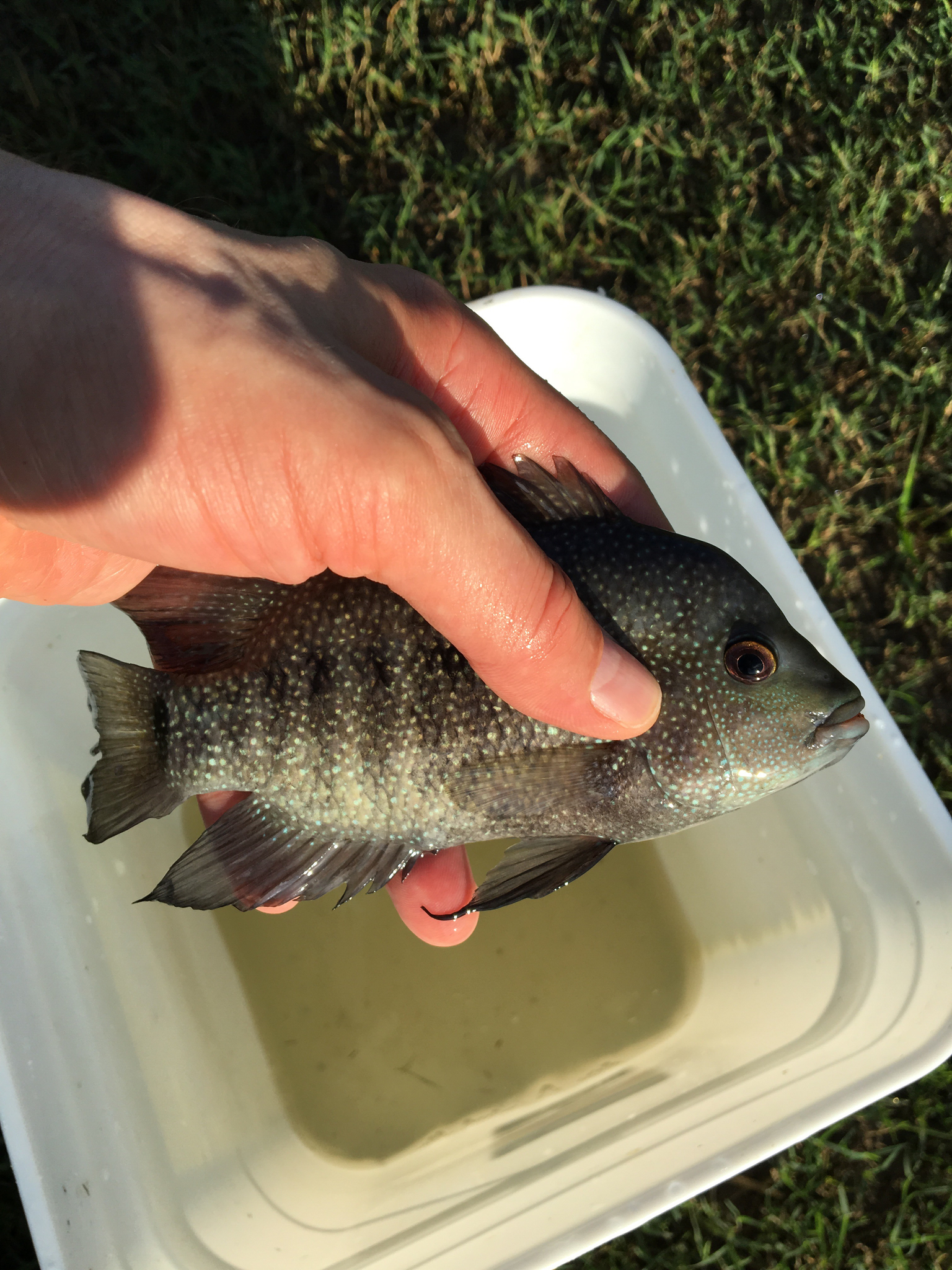



Rio Grande Cichlid Media Encyclopedia Of Life
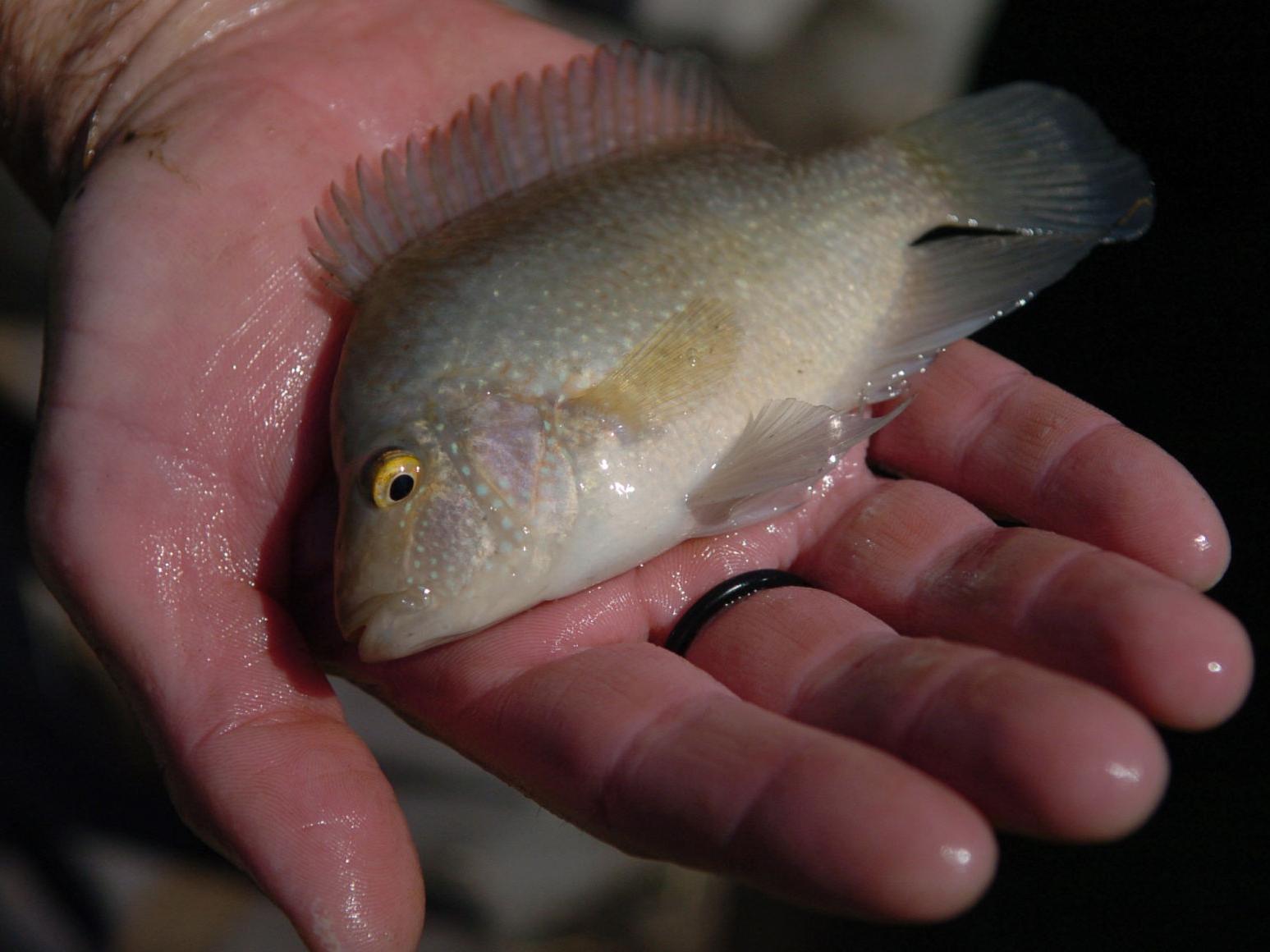



Rio Grande Perch Category Born Out Of Hurricane Katrina Sports Theadvocate Com
Figure 5 a) Shows total changes in abundance of invasive species at each site from the first sampling event to the most recent;Rio Grande cichlid Herichthys cyanoguttatus (Baird & Girard, 1854) About This Subject;15/8/18 Rio Grande cichlids are an invasive species that has spread throughout the metropolitan New Orleans area Found in fresh and brackish areas, they are becoming a more common catch by anglers
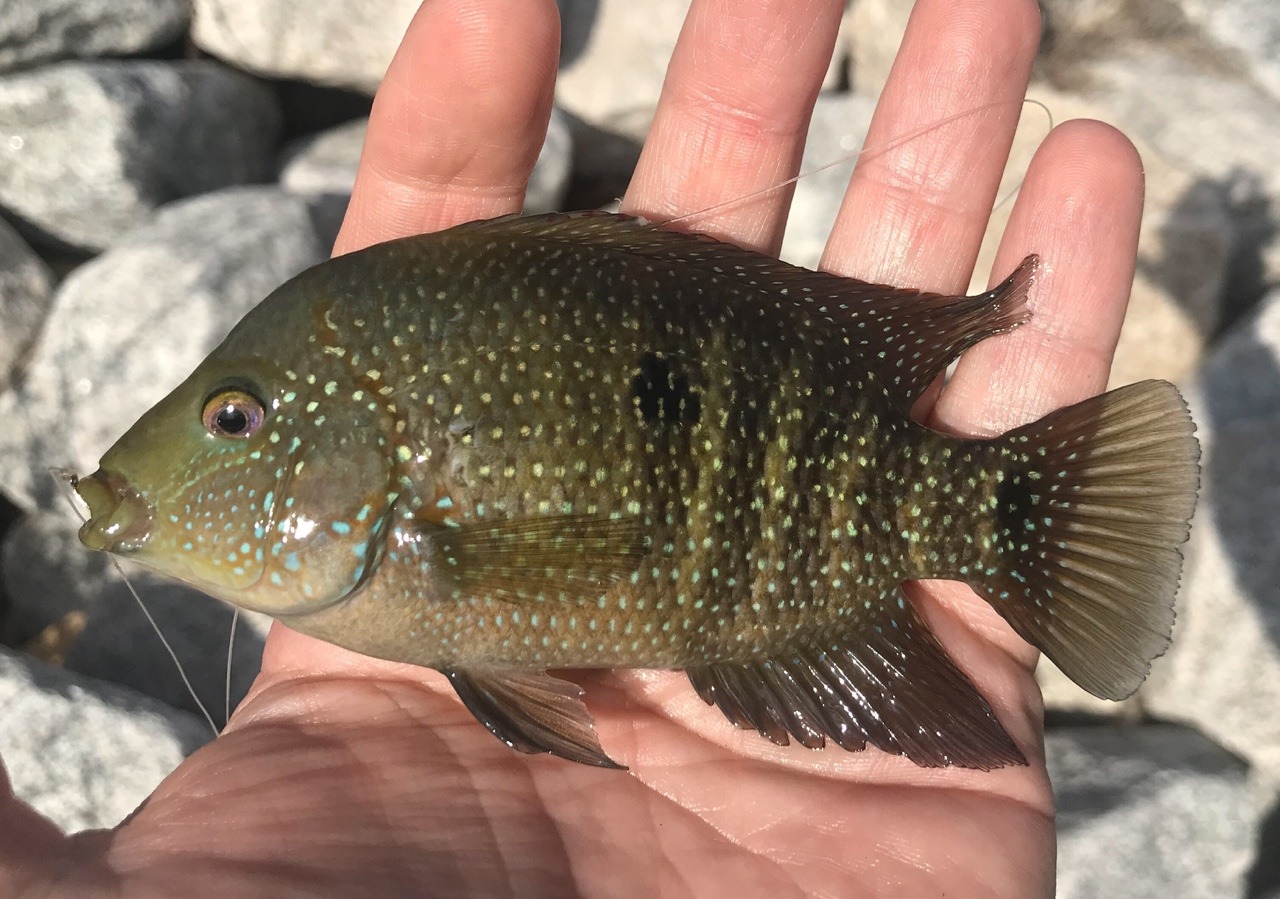



Fish I Have Caught




Cichlid Rio Grande Herichthys Cyanoguttatus Welcome To The Taxidermy Net Forum And Community
Page and Burr 1991, Texas Parks and Wildlife 19) (16) Effects of salinity on the survival and aggression of the invasive Rio Grande cichlid (Herichthys cyanoguttatus) Marine and FreshwaterEffects of interspecific competition, salinity, and hurricanes on the success of an invasive fish, the Rio Grande cichlid (Herichthys cyanoguttatus) January 08;




Rio Grande Cichlid Mexico Fish Birds Crabs Marine Life Shells And Terrestrial Life



Florida Fishing New Fishbrain App Share The Outdoors
25/5/10 The Rio Grande cichlid (Herichthys cyanoguttatus) has been established in the Greater New Orleans Metropolitan area for at least years, and its effect on native fishes is unknown Behavioral trials were performed to determine if aggressive interactions occur between invasive H cyanoguttatus and native bluegill (Lepomis macrochirus) When defending a territoryTo compete with other sunfish and some invasive species, like the Rio Grande cichlid in Louisiana, this competition is thought to have little effect in records in parenthesis Largemouth bass 22 inch length, 431 lbs Rio Grande cichlid 10 inch length, 138 lbs Gray redhorse 1725 inch length, 150 lbsINVASIVE SPECIES LA WAP OCTOBER 15 405 CHAPTER 6 INVASIVE SPECIES Invasive species are one of the most widespread and serious threats to Rio Grande Cichlid Herichthys cyanoguttatum Grass Carp Ctenopharyngodon idella Rio Grande



Rio Grande Cichlid Cichlasoma Cyanoguttatum




Rio Grande Cichlid Mexico Fish Birds Crabs Marine Life Shells And Terrestrial Life
Rio Grande cichlids are easily identified by white spots over their bodies and dark vertical bars Grass carp have no barbels on their mouths and have short snouts The Texas Fish Farming Act of 19 provided the authority to regulate harmful and potentially harmful fishes, shellfishes and aquatic plants that pose the greatest threat to native species8/6/21 The newly identified species is related to the Rio Grande Cichlid, sometimes called the Texas Cichlid, a fish native to the river it's named after that forms the southern border of TexasWe conducted multiple surveys to determine the distribution of the nonnative Herichthys cyanoguttatus (Rio Grande Cichlid) in the Greater New Orleans Metropolitan Area (GNOMA) First, in 03–04, we trapped H cyanoguttatus in Lake Pontchartrain (an oligohaline estuary) to determine if this freshwater species occurred in estuarine habitats Our goal was to test the




Texas Cichlid Rio Grande Cichlid Care Size Breeding Tank Mates Details




Pdf Aggressive Interactions Between The Invasive Rio Grande Cichlid Herichthys Cyanoguttatus And Native Bluegill Lepomis Macrochirus With Notes On Redspotted Sunfish Lepomis Miniatus
The Rio Grande cichlid (Herichthys cyanoguttatus) has been established in the Greater New Orleans Metropolitan area for at least years, and its effect on native fishes is unknown Behavioral trials were performed to determine if aggressive interactions occur between invasive H cyanoguttatus and native bluegill (Lepomis macrochirus) When defending a territory as the99 votes, 24 comments 164k members in the Cichlid community This is a place for information, ideas, pictures, bragging Come one come all cichlid16/9/21 An invasive relative The newly identified species is related to the Rio Grande Cichlid, sometimes called the Texas Cichlid, a fish native to the river it's named after that forms the southern border of Texas About the size of a human hand, its scales show off bright bluishgreen spots over a graygreen background




Rio Grande Perch Category Born Out Of Hurricane Katrina Sports Theadvocate Com




Rio Grande Cichlid Imgur
Because the Rio Grande Cichlid is omnivorous, is eats both plants and other fish/insects It aslo competes with native fish for a food source and often are able to outcompete the native fish They can also have parasites harmful to native fish cream and turquoise colored spots background color varies from very dark to light olive14/6/21 An invasive relative The newly identified species is related to the Rio Grande Cichlid, sometimes called the Texas Cichlid, a fish native to the river it's named after that forms the southern border of TexasIdentification Similar to Rio Grande Cichlid (H cyanoguttatus), but differs slightly in morphology and coloration (summarized by Oldfield et al 21)Lowland Cichlid has an oblique mouth with a lower jaw that projects slightly past the upper (vs horizontal mouth with lower jaw equal to upper in Rio Grande Cichlid), a rounded ventral profile (vs flat profile in Rio Grande), larger diameter
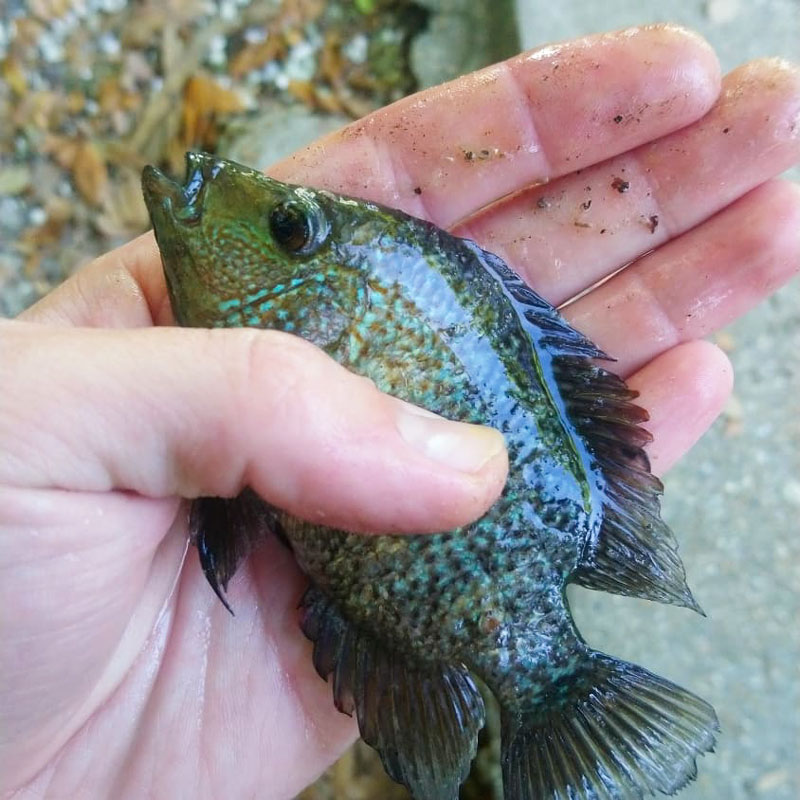



Ldwf Issues Kill Order For Aquarium Fish Louisiana Sportsman
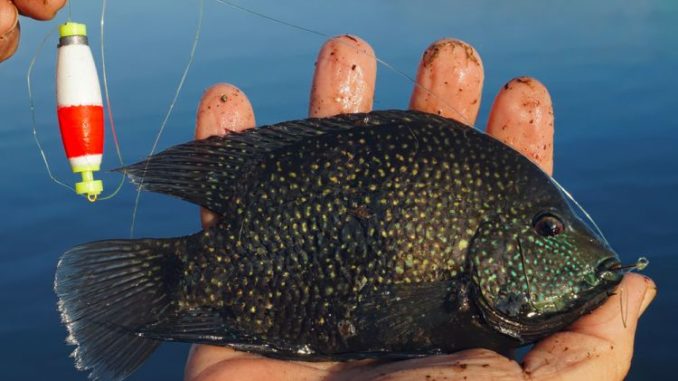



Be On The Lookout For Rio Grande Cichlids
7/6/21 New invasive fish discovered, threatening waters of southern United States Case Western Reserve biologist, collaborators find second 'Cichlid' fish species—native to7/8/12 State wildlife officials are taking steps to prevent the spread of two invasive species in Louisiana waters — the apple snail and the Rio Grande cichlid The apple snail, a fistsized SouthEffects of interspecific competition, salinity, and hurricanes on the success of an invasive fish, the Rio Grande cichlid (Herichthys cyanoguttatus) A Dissertation Submitted to the Graduate Faculty of the University of New Orleans in partial fulfillment of the requirement for the degree of Doctor of Philosophy in Conservation Biology by




Tenkara Angler Winter 17 18 By Tenkara Angler Issuu




Louisiana Fly Fishing This Saturday Is The Annual Rio Rodeo
While the redspotted sunfish has been shown to compete with other sunfish and some invasive species, like the Rio Grande cichlid in Louisiana, this competition is thought to have little effect in most cases due to the generalist diet of Lepomis miniatusThe Rio Grande cichlid (Herichthys cyanoguttatus) has been established in the Greater New Orleans Metropolitan Area (GNOMA) for at least years It is often the most common fish species in urban canals and has also been found in natural waterways outside of the GNOMA The effects and potential for further spread of H cyanoguttatus is uncertain13/8/ The Rio Grande cichlid is a native member of the Cichlid family of fishes, which also includes the exotic tilapia The word cyanoguttatus is Greek and means "blue spotted" Rio Grande cichlid are distinctive in that they exhibit cream and turquoise colored spots, giving them a speckled look Background color varies from very dark to light olive
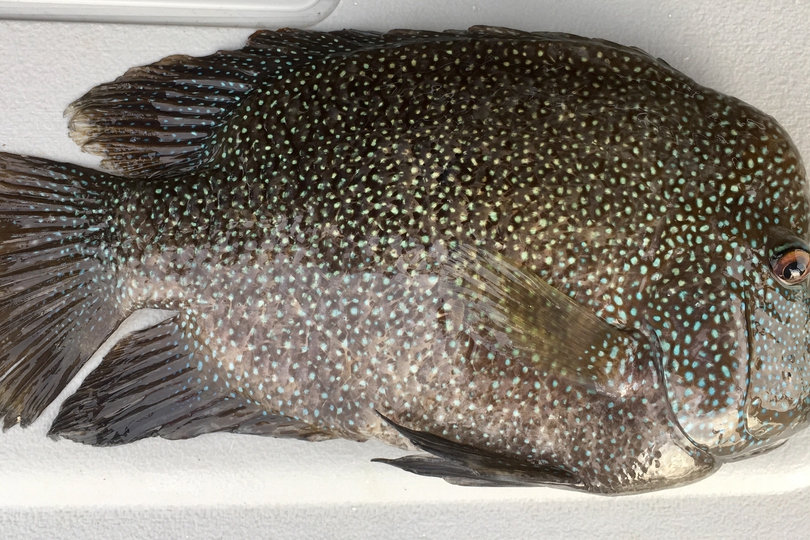



The Rio Grande Cichlid Whats That Fish




Texas Cichlid Cichlids African Cichlids Fish Breeding
21/9/21 Pets as Invasive Species Fish Gone Wild Pet fish may not purr and curl up in your lap or bark when they see you, but because of their colors, anatomy, and behaviors they can be interesting and beautiful to observe in their aquariums or backyard ponds But sometimes their owners decide they just can't care for their fish anymore25/5/10 The Rio Grande cichlid (Herichthys cyanoguttatus) has been established in the Greater New Orleans Metropolitan area for at least years, and its effect on native fishes is unknown Behavioral trials were performed to determine if aggressive interactions occur between invasive H cyanoguttatus and native bluegill (Lepomis macrochirus) When defending a territory as theThe Texas cichlid (Herichthys cyanoguttatus, formerly Cichlasoma cyanoguttatum) is a freshwater fish of the cichlid family This is the only cichlid species that is native to the United StatesThe fish, also known as Rio Grande cichlid, originates from the lower Rio Grande drainage in Texas near Brownsville and Northeastern Mexico Herichthys cyanoguttatus can grow to be over 13 in (33
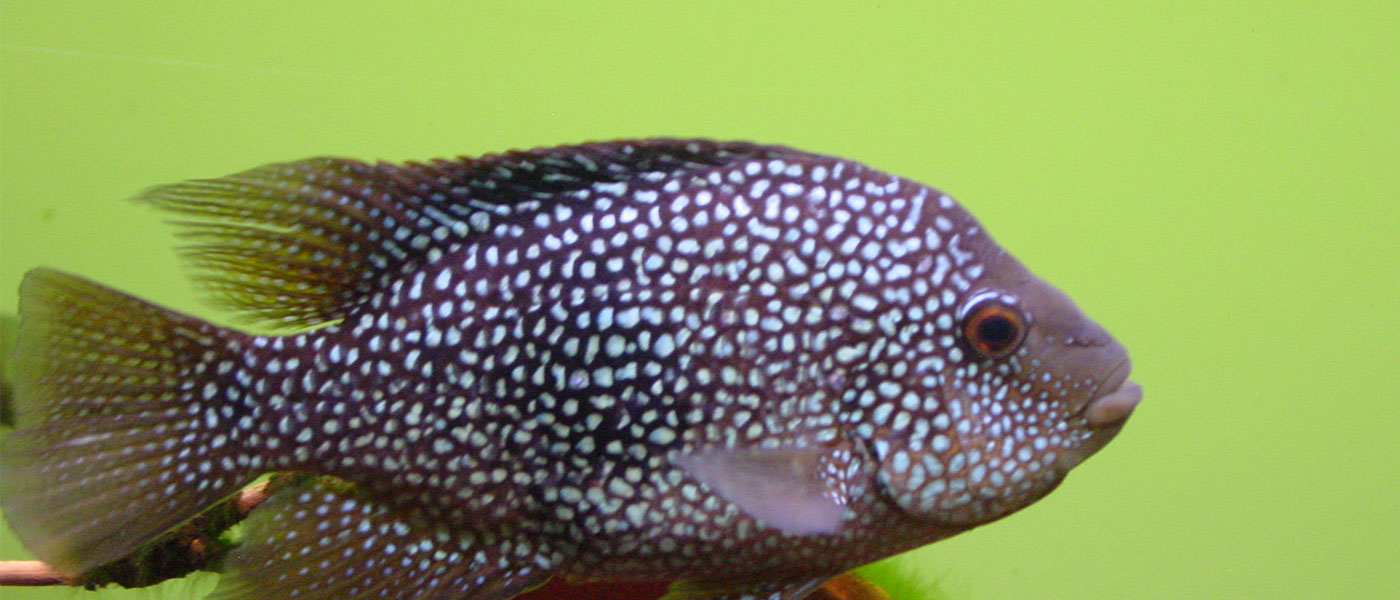



Case Western Reserve Biologist Leads Discovery Of New Invasive Fish Invasive Fish Species Discovered The Daily




What Is An Invasive Species The Fishing Lunatic
The Texas cichlid (Herichthys cyanoguttatus, formerly Cichlasoma cyanoguttatum) is a freshwater fish of the cichlid family This is the only cichlid species that is native to the United StatesThe fish, also known as Rio Grande cichlid, originates from the lower Rio Grande drainage in Texas near Brownsville and Northeastern Mexico Herichthys cyanoguttatus can grow to be over 13 in (33Nonnative Rio Grande Cichlid {Herichthys cyanoguttatus) in the Greater New Orleans Metropolitan Area Otto Thomas Lorenz1* and Martin T O'Connell2 Abstract We conducted multiple surveys to determine the distribution of the nonnative Herichthys cyanoguttatus (Rio Grande Cichlid) in the Greater New Orleans Metropolitan Area (GNOMA)Authors O Thomas Lorenz



Rio Grande Cichlid Save Buffalo Bayou



Tandfonline Com
31/3/ Identification Rio Grande Cichlid is known for its cream and turquoise spots giving them a speckled look over a very dark to light olive background coloration Lighter colored specimens usually exhibit four to six dark vertical bars or blotches (1st blotch most prominent;The Rio Grande or Texas cichlid Herichthys cyanoguttatus is a popular ornamental freshwater fish that has been introduced to a number of US statesIts wide environmental tolerances, ability to colonize disturbed habitats, trophic opportunism, fast growth rates and advanced parental care of offspring have enabled it to establish oustide its native range




Dr Ryan S King Rio Grande Cichlid Herichthys Cyanoguttatus The Only Cichlid Native To Us Fun On A Flyrod Adult Males A Juvie Texas Flyfishing T Co V9sahzd0mz
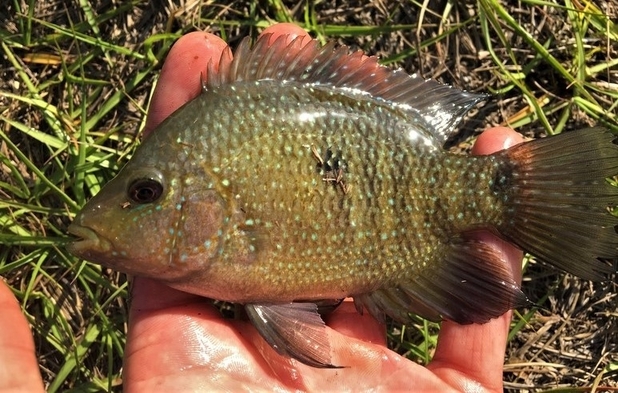



Rio Grande Cichlid Herichthys Cyanoguttatus Species Profile




Texas Cichlid Rio Grande Cichlid Care Size Breeding Tank Mates Details




Rio Grande Cichlid Mexico Fish Birds Crabs Marine Life Shells And Terrestrial Life




Texas Cichlid Care Guide Species Profile Fishkeeping World




Texas Cichlid Herichthys Cyanoguttatus Exotic Florida Cichlid Fish
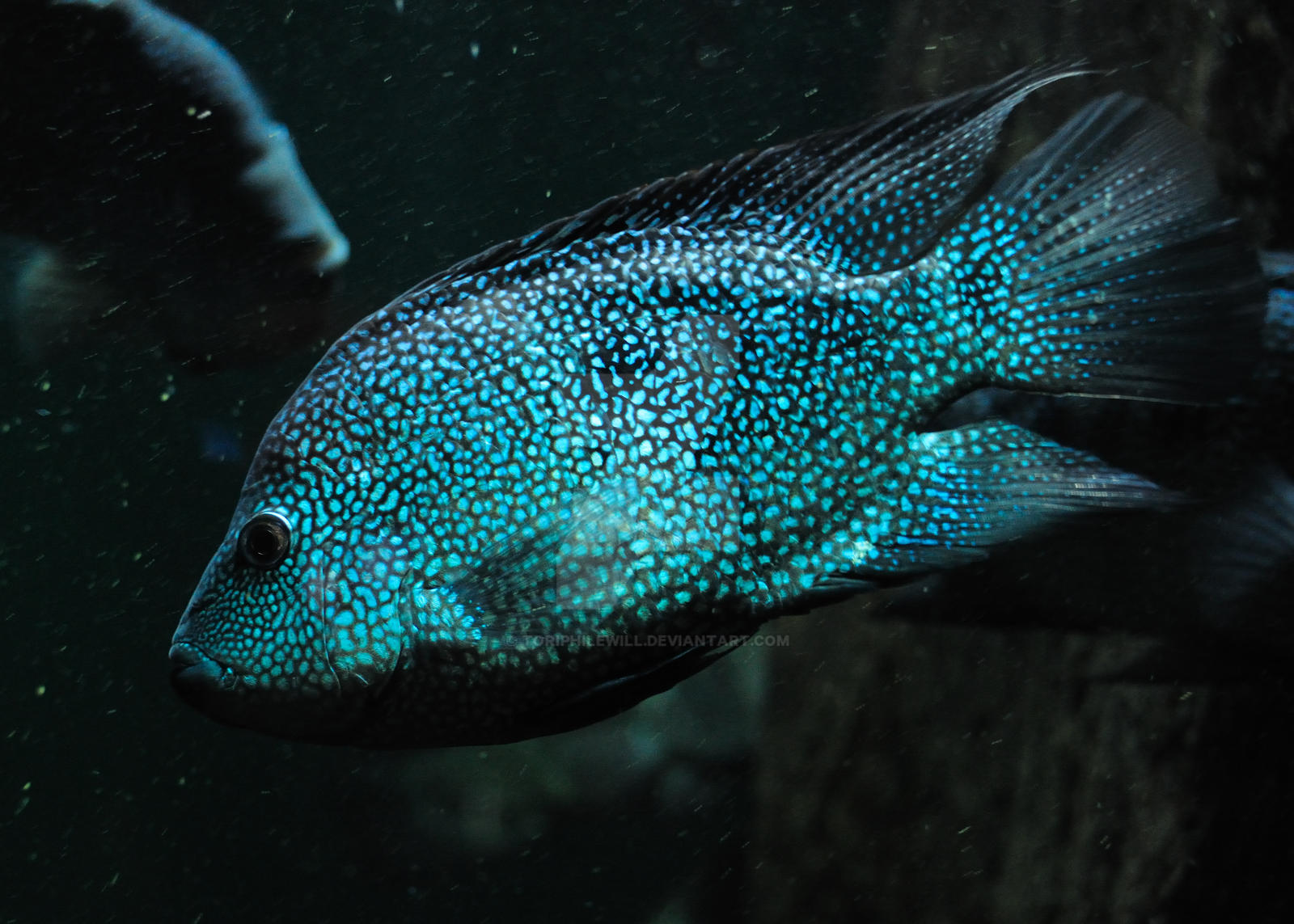



Rio Grande Cichlid By Toriphilewill On Deviantart
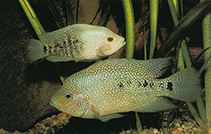



Herichthys Cyanoguttatus Rio Grande Cichlid Aquarium




Effects Of Interspecific Competition Salinity And Hurricanes On The Success Of An Invasive Fish The Rio Grande Cichlid Herichthys Cyanoguttatus Semantic Scholar




Rio Grande Cichlid Herichthys Cyanoguttatus Perciformes Cichlidae




File Texas Cichlid Herichthys Cyanoguttatus Jpg Wikimedia Commons
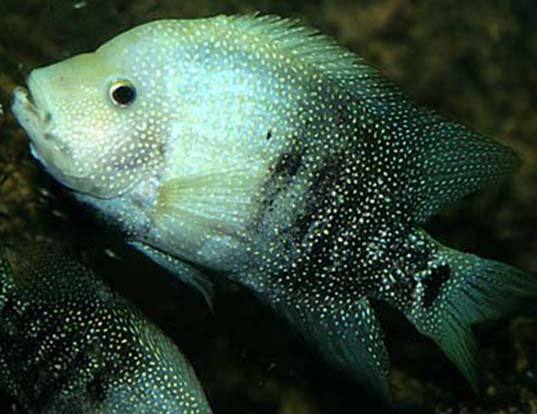



Rio Grande Cichlid Life Expectancy
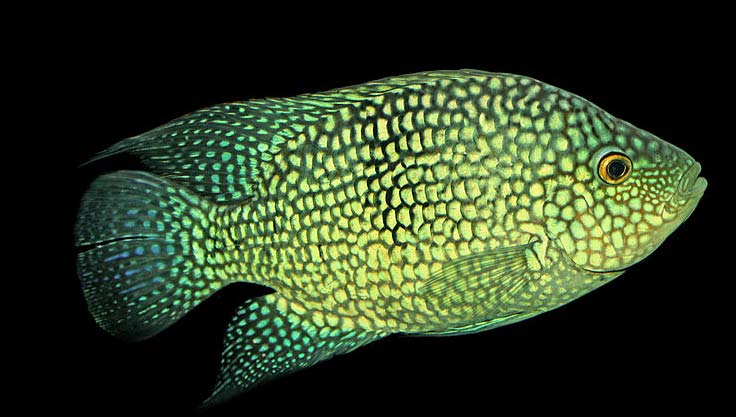



Texas Cichlid Care Tank Mates Breeding Size Temperature Seafish




Herichthyscyanoguttatus Instagram Posts Photos And Videos Picuki Com
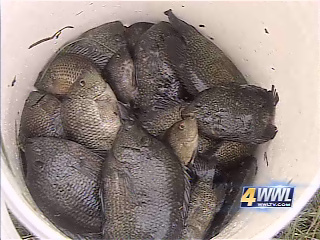



Rio Grande Cichlid Herichthys Cyanoguttatus Collection Record
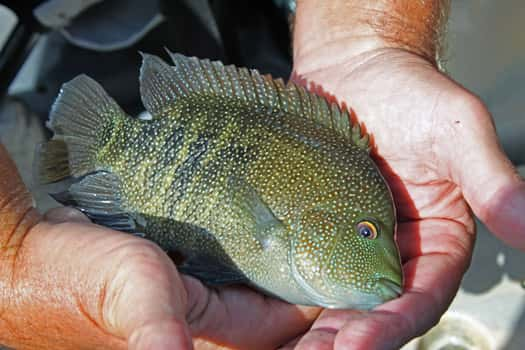



In Search Of The Rio Grande Cichlid Brownwood News
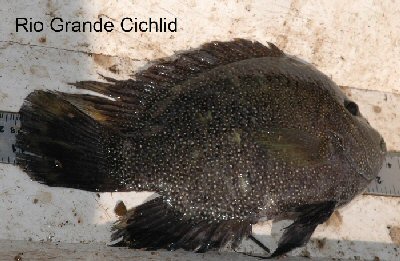



Tpwd Short Reports Exotics In Galveston Bay




Fish Spotlight Rio Grande Cichlid




Rio Grande Cichlid Herichthys Cyanoguttatus Species Profile




5 479 Cichlid Stock Photos And Images 123rf




New Orleans Fly Fishers Rio Rodeo
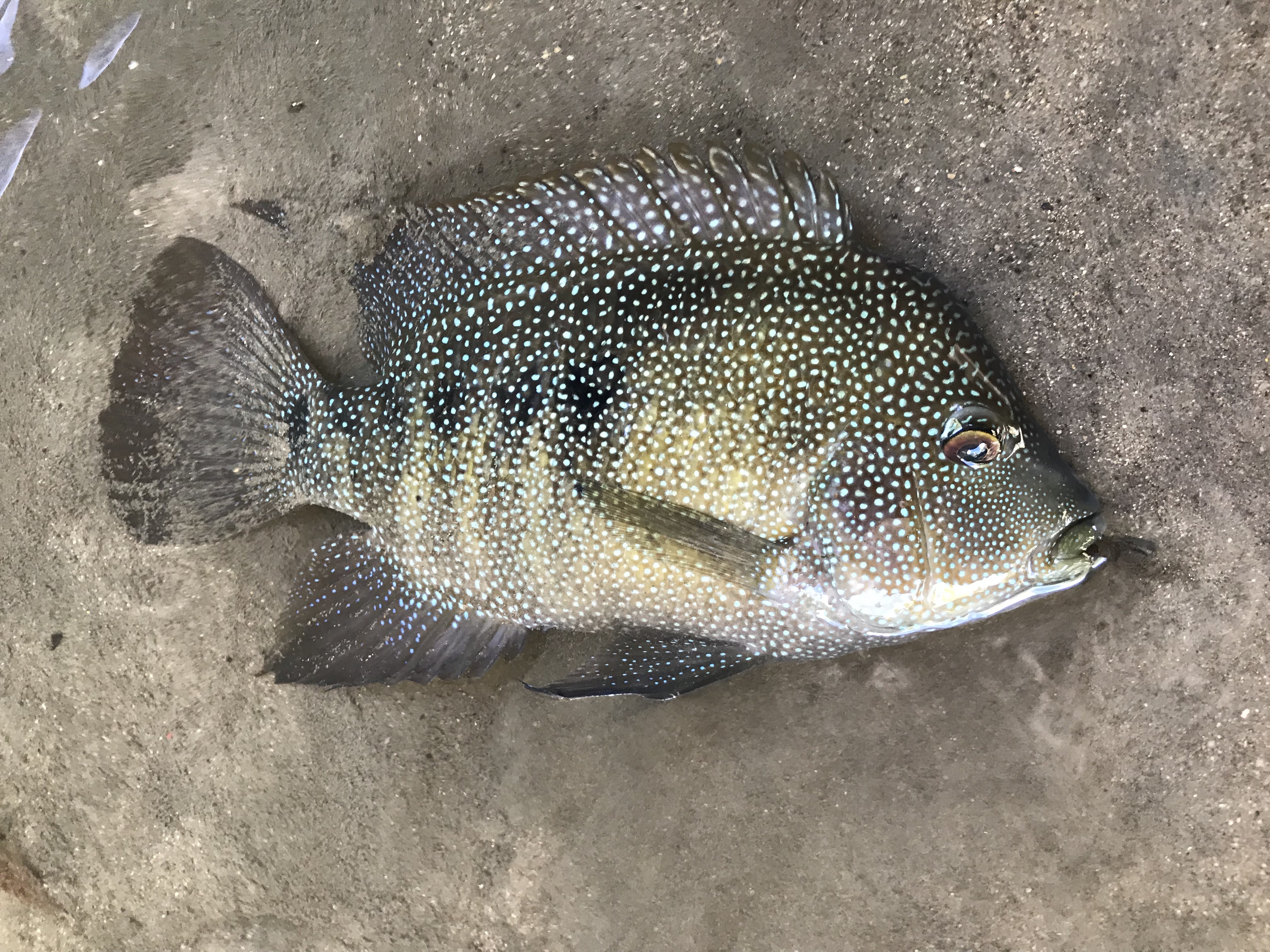



Species 107 Rio Grande Cichlid Caughtovgard




Dr Ryan S King Rio Grande Cichlid Herichthys Cyanoguttatus The Only Cichlid Native To Us Fun On A Flyrod Adult Males A Juvie Texas Flyfishing T Co V9sahzd0mz
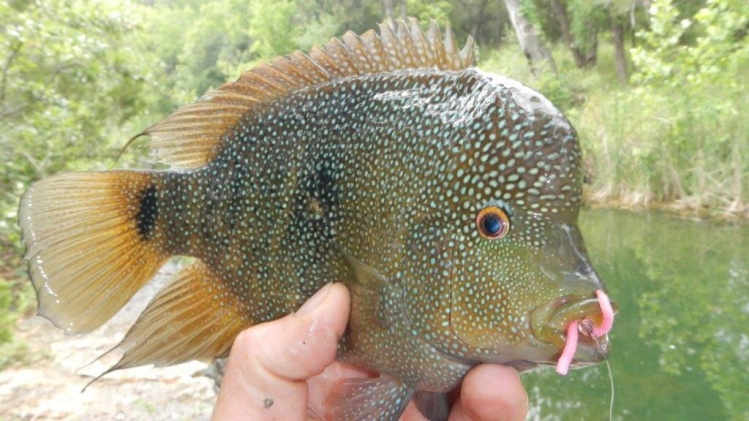



Sam Godfrey S Fly Fishing Photo Of A Rio Grande Cichlid Texas Cichlid Fly Dreamers



1




Texas Cichlid Wikipedia




Rio Grande Cichlid Fly Fishing Youtube




Featured Species Rio Grande Cichlid Herichthys Cyanoguttatus




Texas Cichlid Care Tank Mates Breeding Size Temperature Seafish




Catching The Elusive Texas Sunfish Exotic Fishes In Texas Waters



2
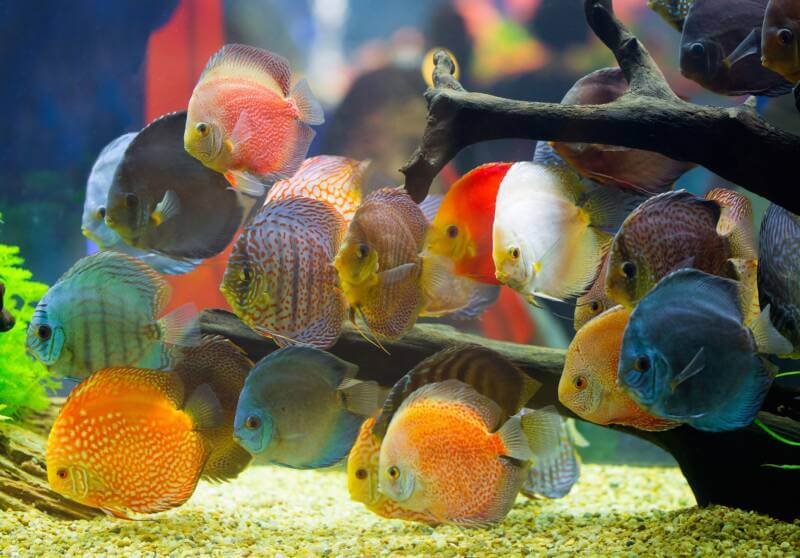



19 Unique Types Of Cichlids For Every Aquarist Setup Breeding




Featured Species Rio Grande Cichlid Herichthys Cyanoguttatus
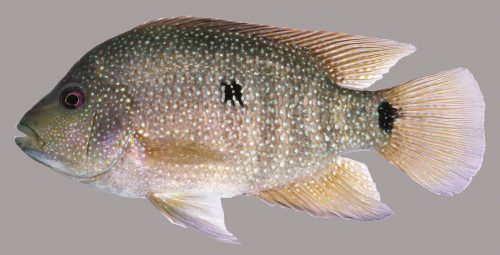



Rio Grande Cichlid Discover Fishes




Cichlid Fish Facts Cichlidae Az Animals




Rio Grande Cichlid Media Encyclopedia Of Life




Texas Cichlid Rio Grande Cichlid Care Size Breeding Tank Mates Details
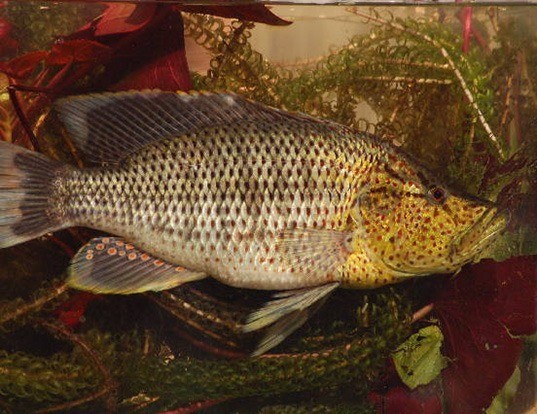



Rio Grande Cichlid Life Expectancy




The Texas Cichlid Is A Freshwater Fish Of The Cichlid Family This Is The Only Cichlid Species That Is Native To The United States The Fish Also Known As Rio Grande Cichlid



2




Texas Green Cichlid The Only Native Cichlid In The Us Ori Flickr




Fish Spotlight Rio Grande Cichlid



1




Rio Grande Cichlid Mexico Fish Birds Crabs Marine Life Shells And Terrestrial Life
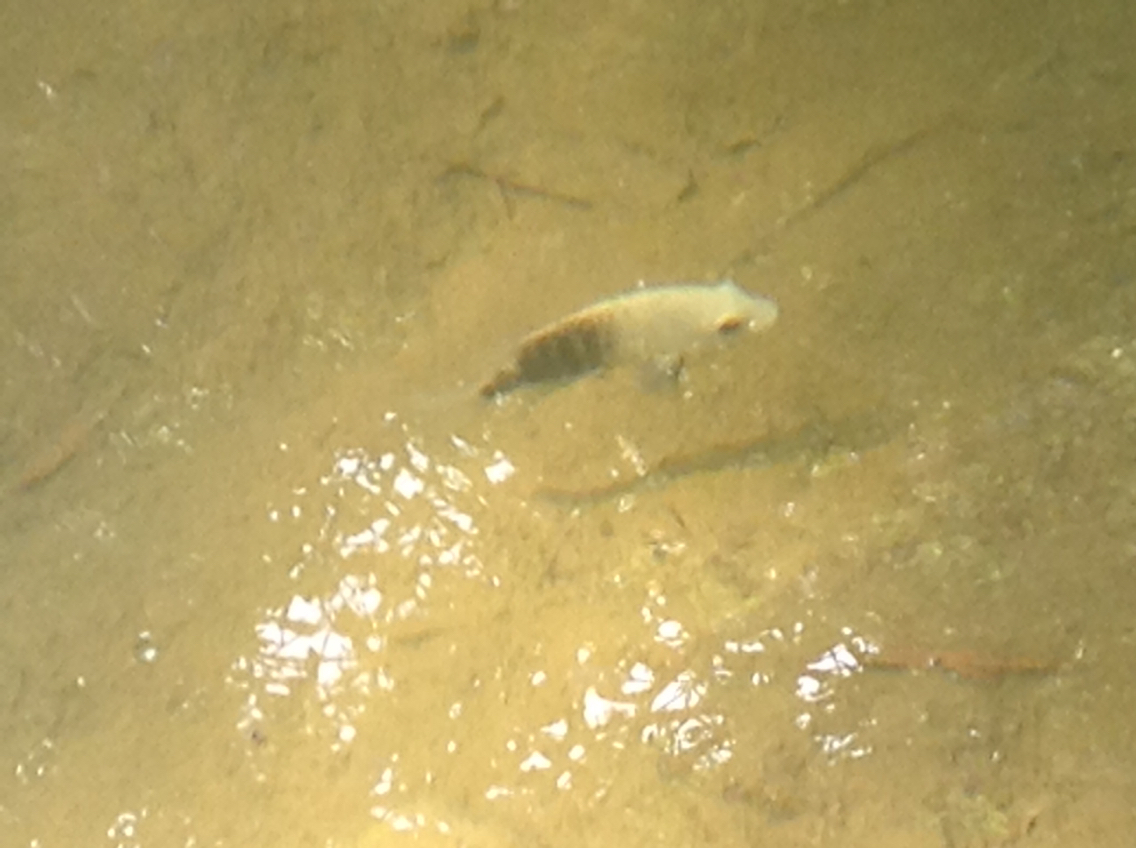



Rio Grande Cichlid Media Encyclopedia Of Life
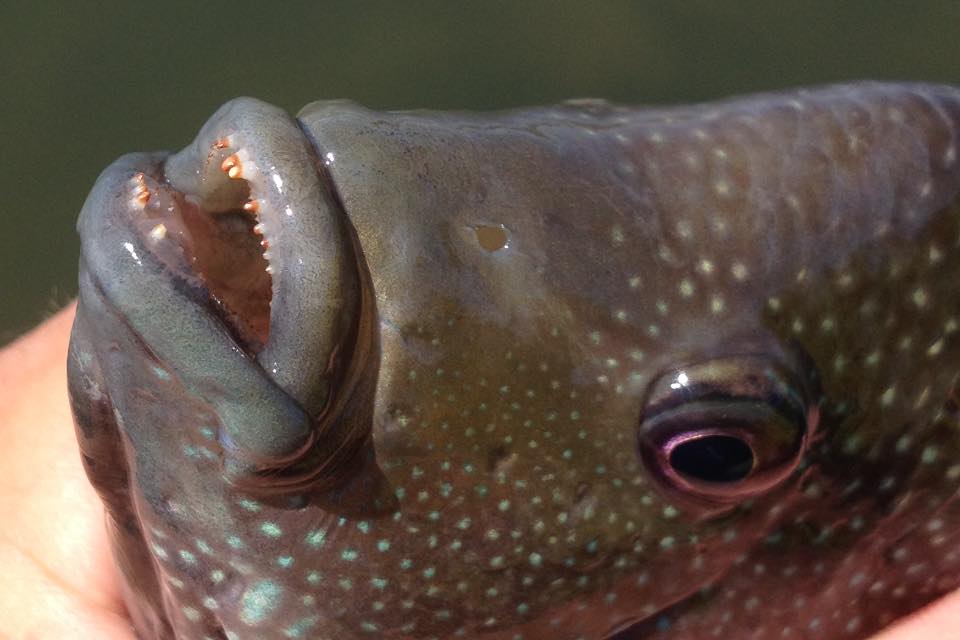



Rio Grande Cichlid Www Roughfish Com
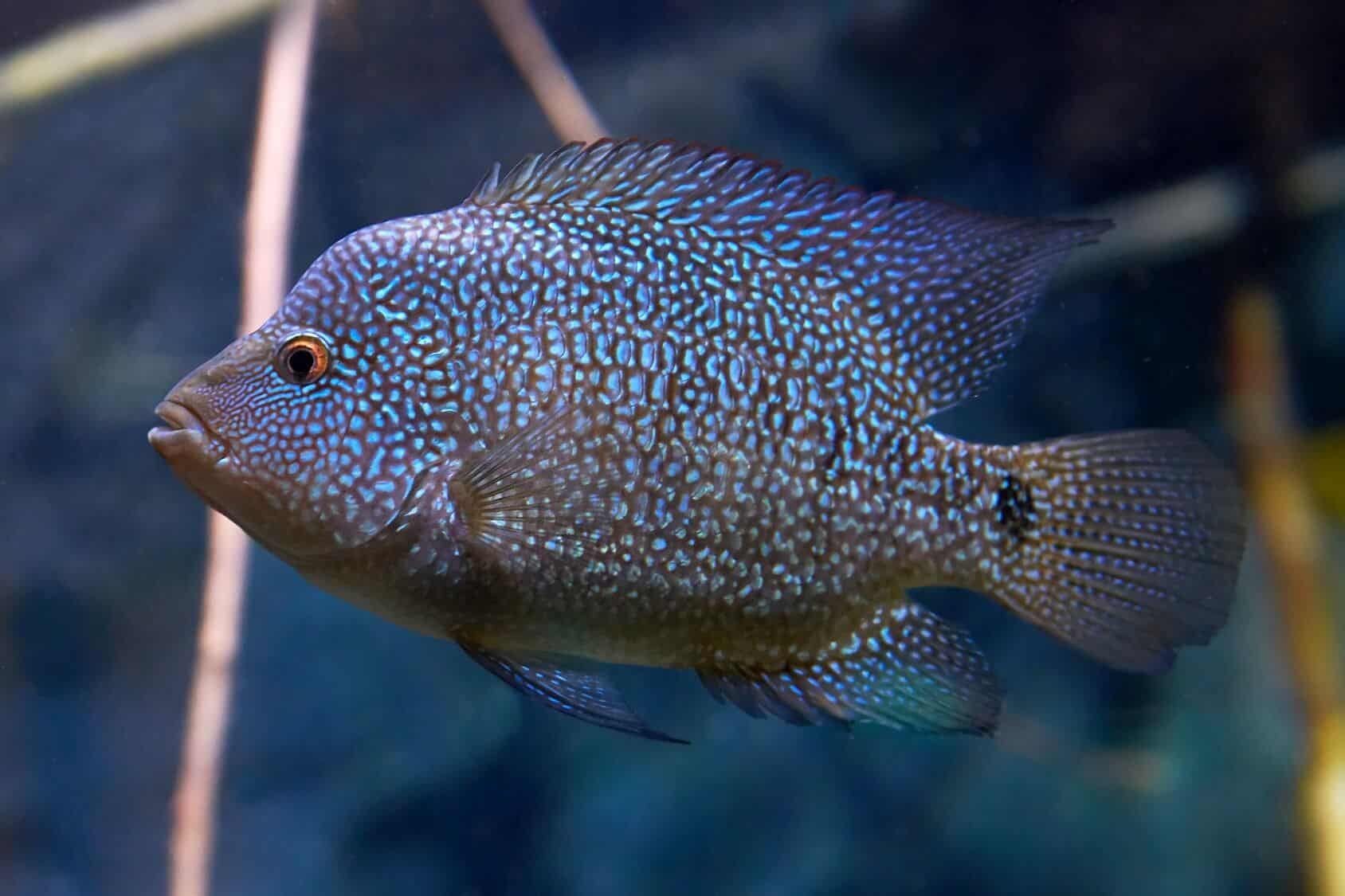



Texas Cichlid Care Guide Species Profile Fishkeeping World




Rio Grande Cichlid Media Encyclopedia Of Life




Invasive Fish Species And The Aquarist Tfh Magazine




Fin Tastic Facts About The Texas Cichlid For Kids




Rio Grande Cichlid Mexico Fish Birds Crabs Marine Life Shells And Terrestrial Life




Three Mystery Cichlids Id Help Cichlid Fish Forum




Texas Cichlid Www Roughfish Com
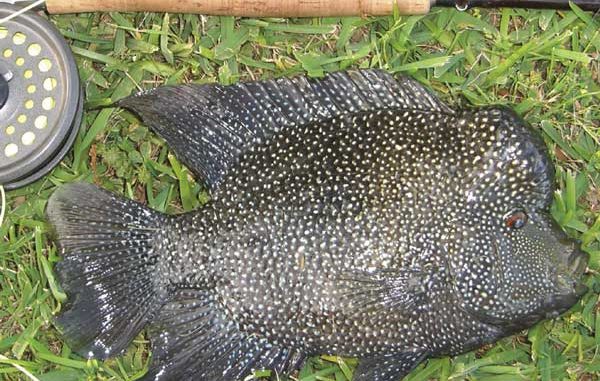



Grande Action Awaits Big Easy Angler



Rio Grande Perch Cichlid Texaskayakfisherman Com




The Rio Grande Cichlid Is A Texas Parks And Wildlife Facebook



2



Rio Grande Cichlid




Featured Species Rio Grande Cichlid Herichthys Cyanoguttatus




Effects Of Interspecific Competition Salinity And Hurricanes On The Success Of An Invasive Fish The Rio Grande Cichlid Herichthys Cyanoguttatus Semantic Scholar




Featured Species Rio Grande Cichlid Herichthys Cyanoguttatus




Featured Species Rio Grande Cichlid Herichthys Cyanoguttatus



Rio Grande Perch Texas River Bum
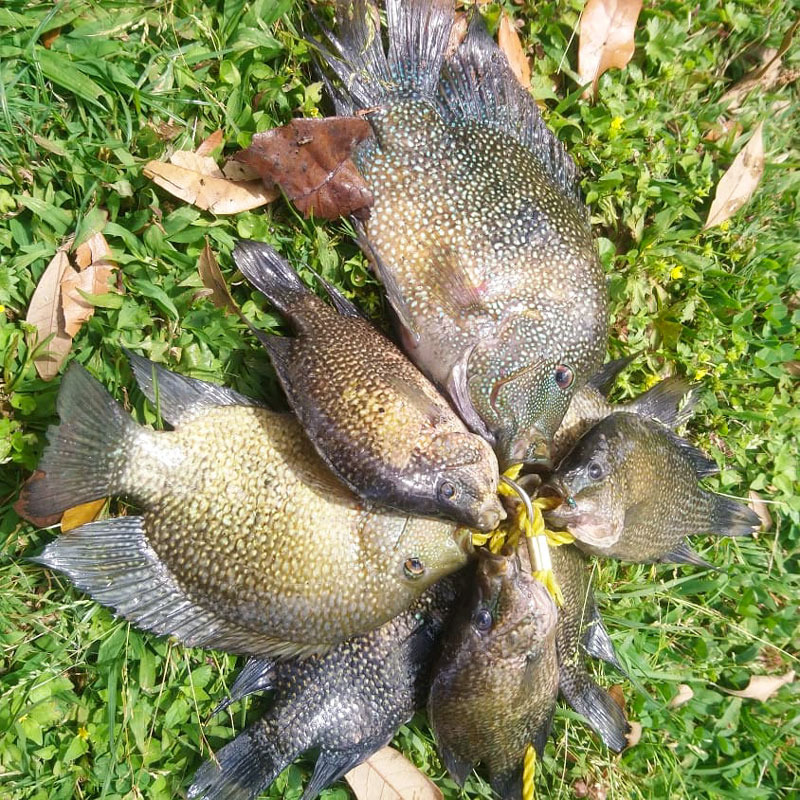



Ldwf Issues Kill Order For Aquarium Fish Louisiana Sportsman



Amishq



Rio Grande Cichlid R Fishing




Missing Someone Blame It On The Rios
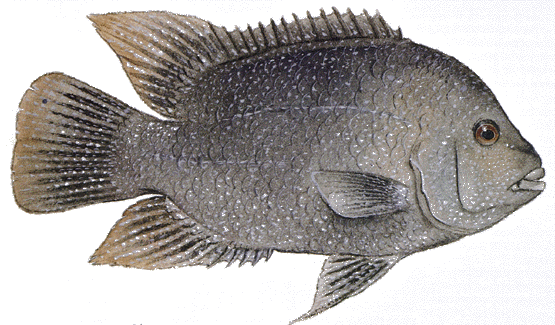



Rio Grande Cichlid Herichthys Cyanoguttatus




Louisiana Fly Fishing Rios Now Eligible For State Record Listing



High In The Running For Tastiest Invasive Species The Rio Grande Cichlid Caught In New Orleans City Park Fishing




Fish Spotlight Rio Grande Cichlid




Rio Grande Cichlid Taken At The Audubon Aquarium Of The Am Lana Gramlich Flickr




World Record Rio Grande Cichlid Youtube



World Record



Caught My First Rio Grande Cichlid This Past Weekend R Flyfishing




Fishing For World Record Trophy Texas Rio Grand Cichlids World Record Caught And Released Youtube




Invaded Caught My First Rio Grande Cichlid In City Park New Orleans Louisiana Youtube




Rio Grande Cichlid Mexico Fish Birds Crabs Marine Life Shells And Terrestrial Life
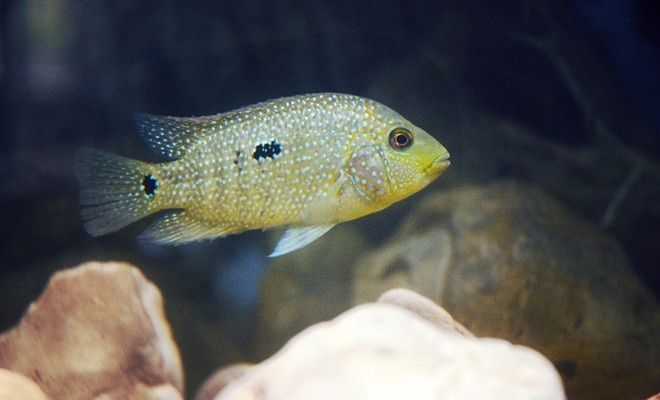



Texas Cichlid Care And Breeding Guide The Aquarium Guide




Fish Spotlight Rio Grande Cichlid


